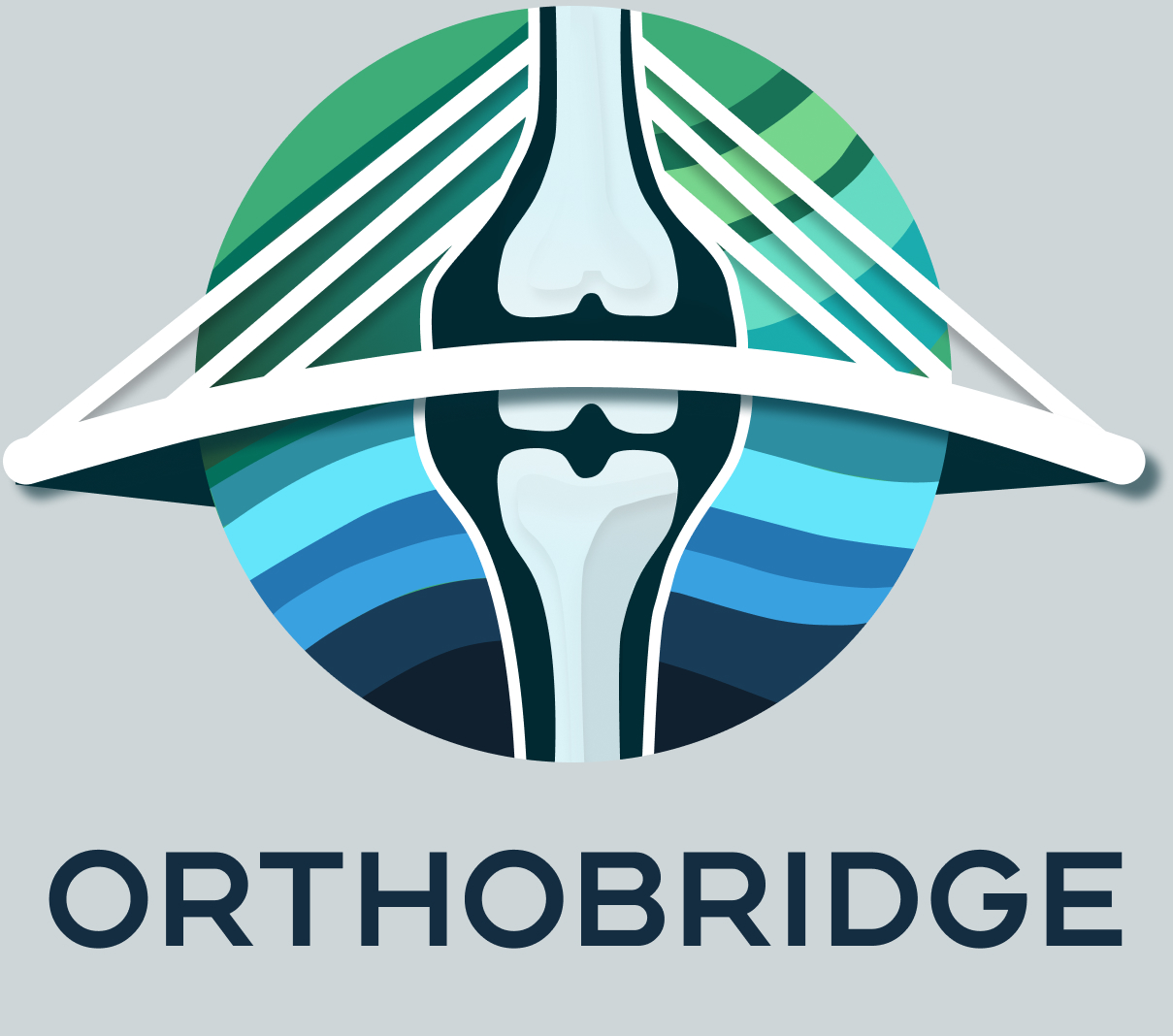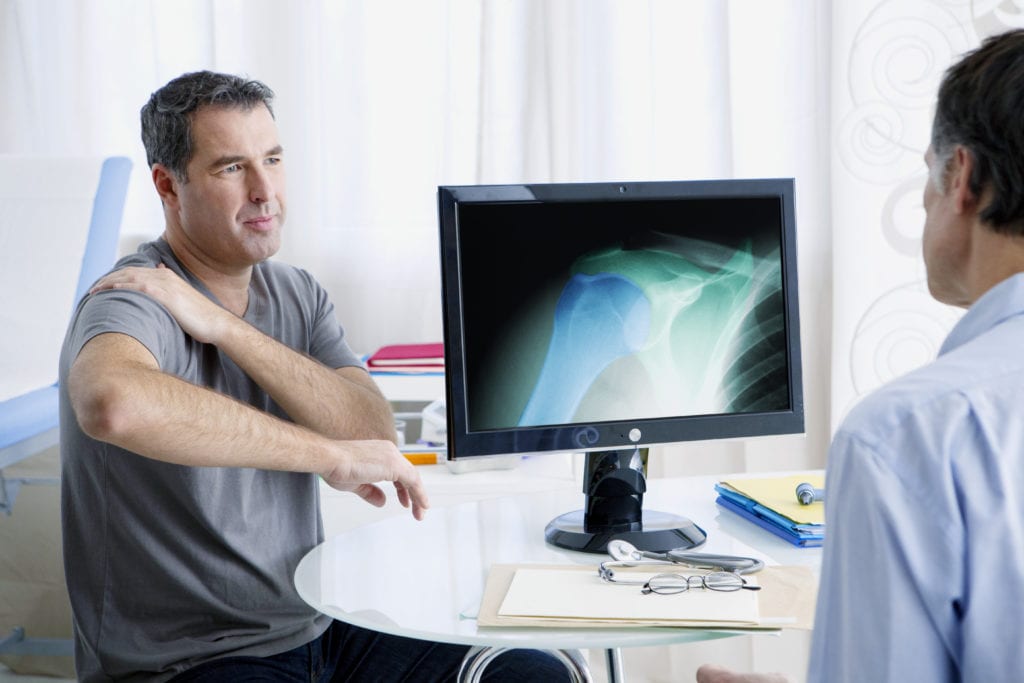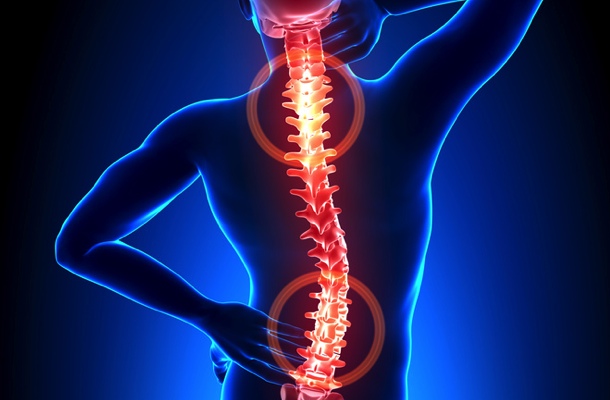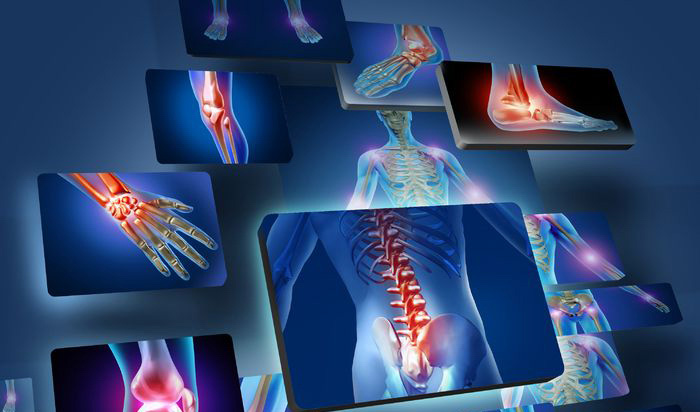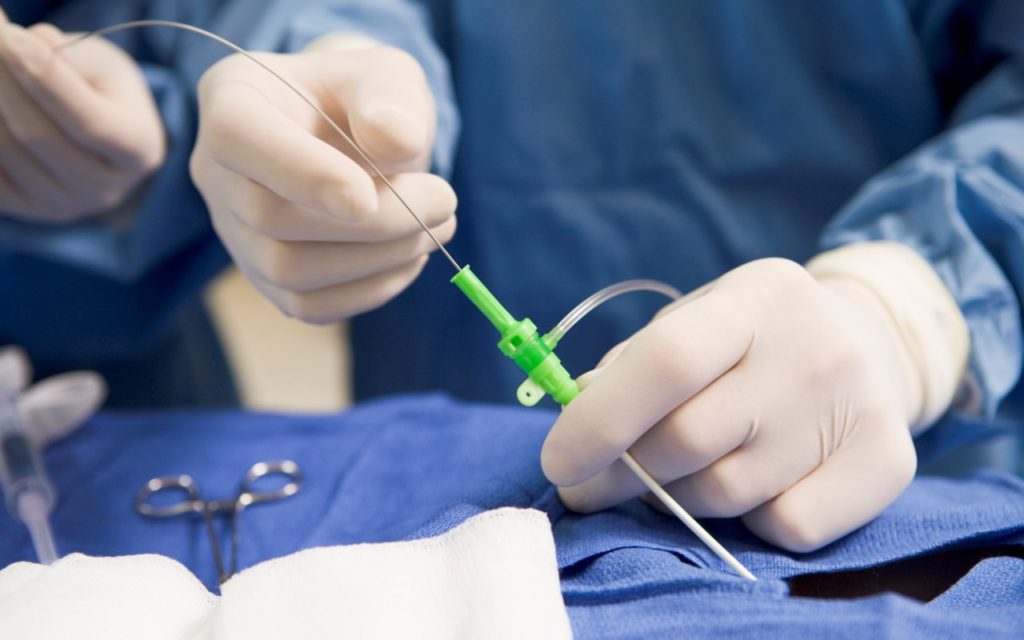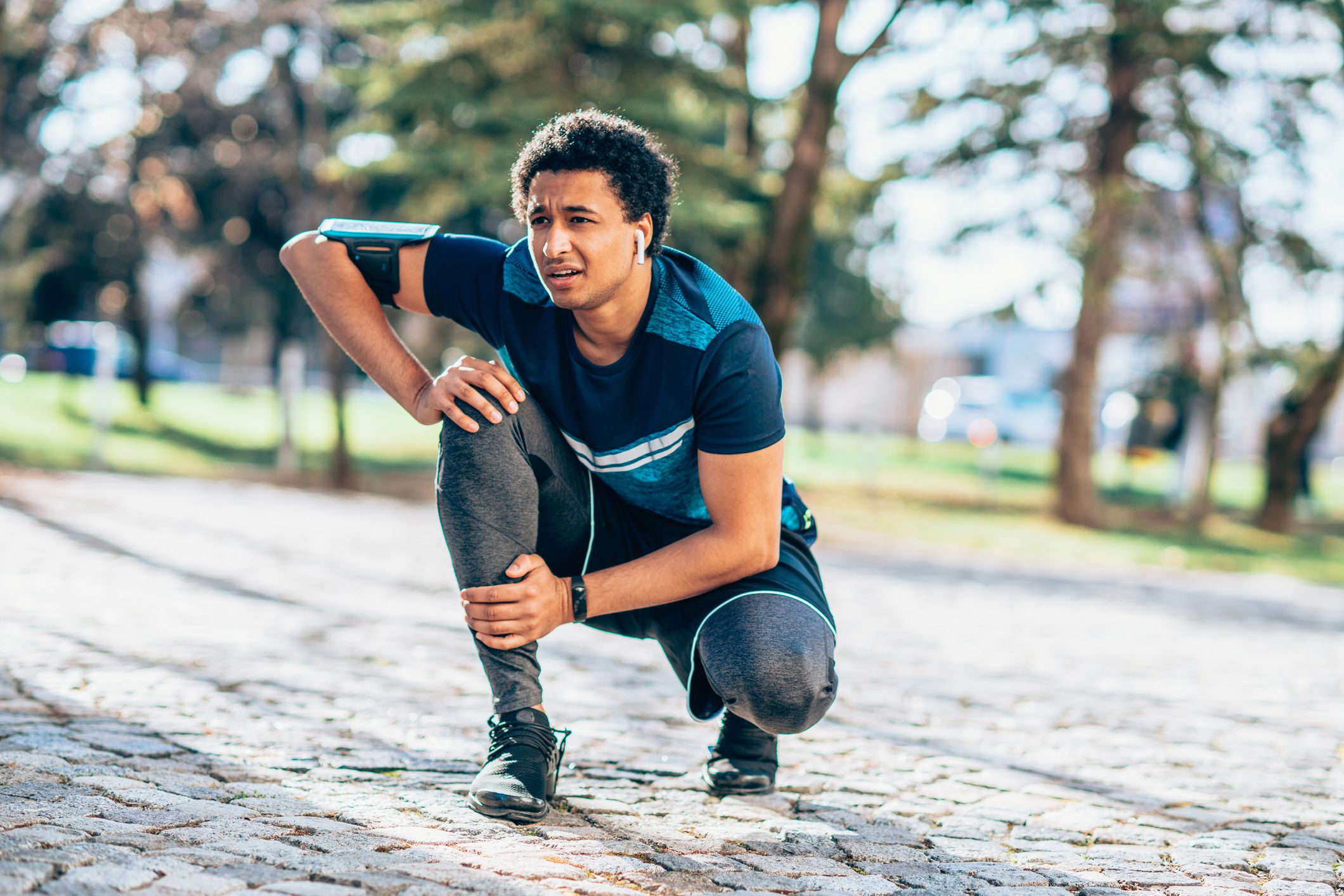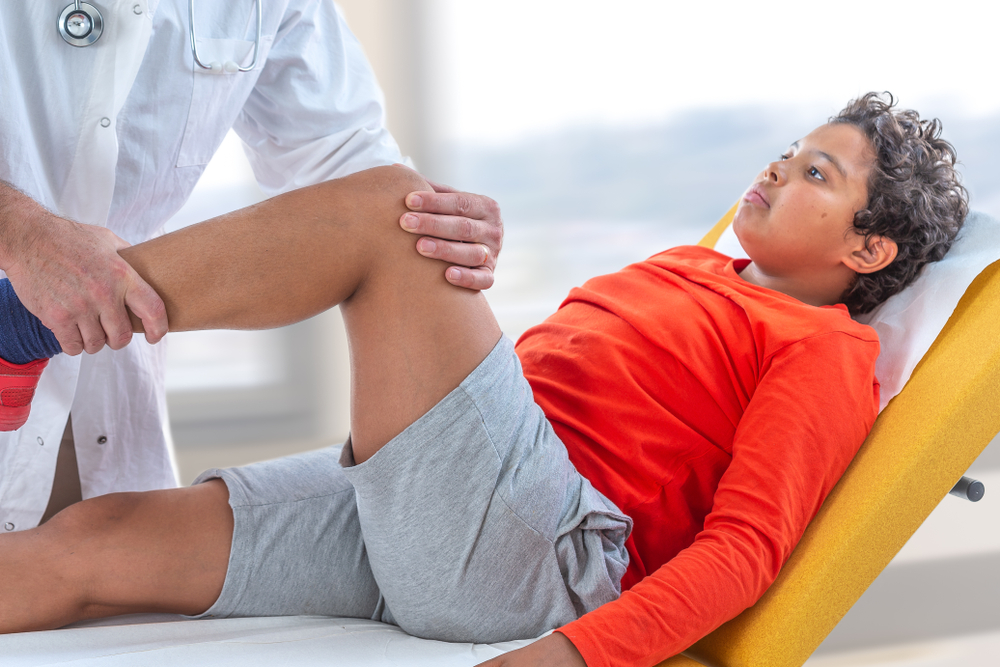Our feet play a very important role in our daily physical mobility. It is also a complex part of the body and determines the general status of our well being because if it is pain free, it allows us to stand, walk, run and jump. It is indeed true what Socrates, the ancient Greek philosopher said that “when our feet hurt, we hurt all over!” And maybe that explains why there are very few foot and ankle surgeons found in Kenya today.
These are some interesting facts about our feet:
- A third of all the bones in the body are in our feet. Each foot has 26 bones and 33 joints, 19 muscles, 10 tendons, and 107 ligaments.
- Approximately one quarter of all the bones in the human body are in the human foot.
- During a lifetime the average person will walk more than 250,000 miles. That’s the same distance from the Earth to the moon. This is between 8000 and 10,000 steps a day. Each mile you walk your feet strike the ground a total of 1800 times.
- Foot problems occur four times more often in women than in men.
- Runners hit the ground with a force two and a half times their body weight.
- A two and a half inch high heeled shoe increases the load on the forefoot by 75%.
What are the common foot and ankle problems?
Despite the important role played by our feet, most people are rendered immobile due to some foot and ankle disorders. Besides the athletes, male workers working in labor intensive environments such as construction sites and the senior citizens reportedly are afflicted by common foot and ankle problems.
There are a number of ways that foot and ankle problems can be treated ranging from insoles, shoe modification and sometimes surgery. If surgery is undertaken it is important to understand what the risks and benefits of surgery are and these will be explained to you during your consultation and during signing of a consent form.
Why do I need surgery?
Surgery is usually the last resort taken by the orthopedic foot and ankle surgeon after exhausting other non-operative treatments. The doctor would advice on undertaking the procedure with the aim of reducing persistent pain that is lowering your state of health, improve function and correct any deformity in the lower limbs.

Dr. Adari is among the best orthopedic surgeon in East Africa and is renowned in foot and ankle surgery. Dr. ADARI comes with a wealth of experience in the field and some of the conditions he has handled as an orthopedic surgeon include:
- Upper Limb
- Lesser Toe Deformities
- Mortons Neuroma
- Bunion
- Ankle Arthroscopy
- Achilles Tendon disorder
- Matatarsal Surgery
- Ankle Fusion
- Ankle Instability
- Ingrowing Toenails
- Flat foot
- Arthritis of the Big Toe
- Heel Pain
Dr Adari is highly trained and makes every effort to minimize the risks and any complications arising during foot and ankle surgery.
Can I ignore seeking medical attention for my foot or ankle disorder?
When you ignore seeking medical help, you actually are reducing the well being of your general health since you cannot avoid using your lower limbs for long. This means that you have restricted mobility resulting to lowering your ability to make a living, enjoy sports, walking and running with your children and friends.
For a child, the deformity lowers his health standards in addition to depriving him enjoying sports and other activities that form the formative years of his life. It can lower his participation in school and result to more serious health problems later in life.
